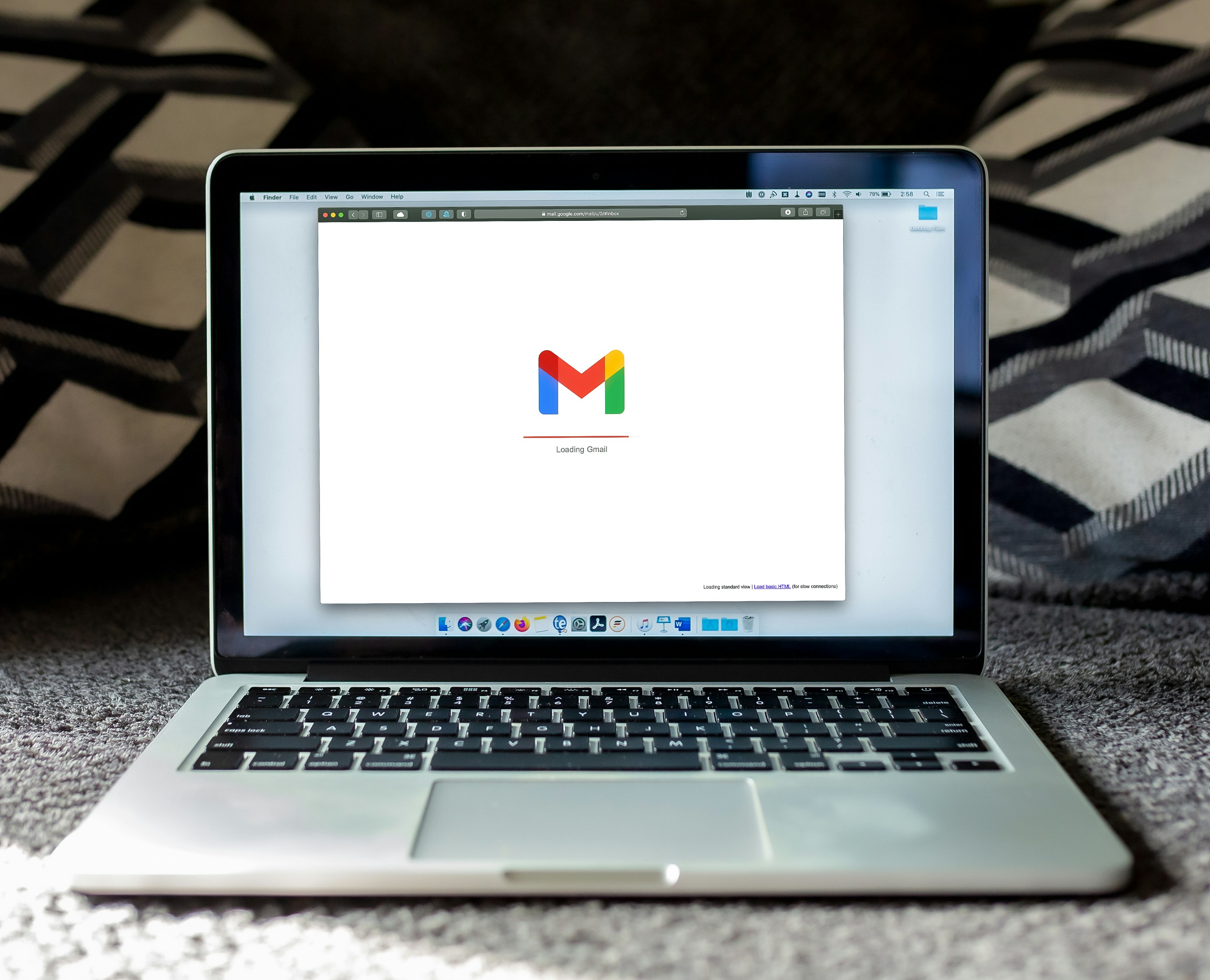Imagine having a complete digital copy of a physical object — not just a static 3D model, but a living, breathing version that updates in real time. That’s the power of Digital Twins. In 2025, this technology is moving beyond factories and labs, finding its way into healthcare, smart cities, and even personal devices.
What is a Digital Twin?
A Digital Twin is a virtual replica of a physical object, system, or process. Unlike a simple simulation, it receives continuous real-time data from IoT sensors and AI models, making it a dynamic representation that mirrors the real world.
For example, an engine manufacturer can create a digital twin of a jet engine. As the physical engine runs, the digital version updates instantly, showing wear and tear, performance metrics, and predictive maintenance insights.
How Digital Twins Work
- Data Collection: IoT sensors capture real-world data (temperature, speed, vibration, etc.).
- Integration: This data is fed into a digital model powered by AI and analytics.
- Simulation: The twin predicts future outcomes, identifies problems, and suggests optimizations.
Applications of Digital Twins
| Industry | Application |
|---|---|
| Healthcare | Virtual replicas of organs for surgery planning and personalized treatment. |
| Smart Cities | City-wide twins for traffic management, pollution monitoring, and energy optimization. |
| Aerospace | Real-time simulation of aircraft engines for predictive maintenance. |
| Manufacturing | Optimizing production lines with real-time monitoring and efficiency checks. |
| Retail | Digital store layouts tested before physical redesign. |
Digital Twins in Everyday Life
While digital twins sound futuristic, they’re creeping into everyday experiences:
- Wearables: Fitness devices could soon build a twin of your body to recommend diets and exercise routines.
- Smart Homes: A digital twin of your house could optimize energy usage and prevent failures.
- Cars: Electric vehicles already collect vast amounts of data; digital twins will let drivers predict failures before they happen.
Why Digital Twins Matter in 2025
According to Gartner, by 2027, more than 75% of companies investing in IoT will also use digital twin technology. This means more efficiency, sustainability, and cost savings. In an era where businesses compete on speed and data insights, digital twins will become the backbone of decision-making.
Challenges Ahead
Despite the excitement, digital twins face challenges:
- Data privacy and cybersecurity risks.
- High cost of setting up IoT infrastructure.
- Integration complexities between physical and digital systems.
Conclusion
The rise of digital twins represents a massive shift in how we interact with the world. From managing cities to improving healthcare outcomes, this technology has the power to redefine efficiency, safety, and personalization.
The question isn’t whether digital twins will impact your life — it’s when.

